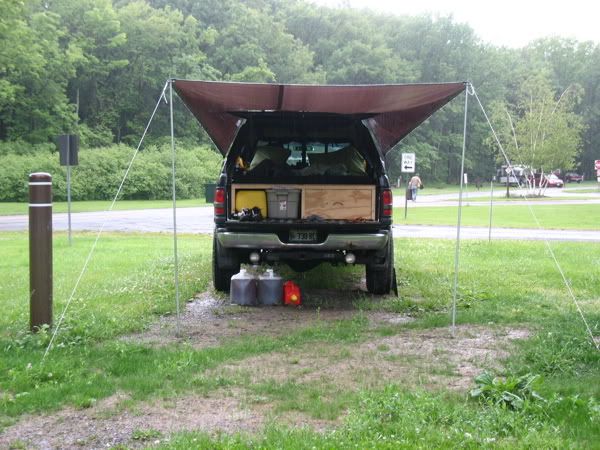IHDiesel73L
Adventurer
Doing research into the WVO (waste vegetable oil). As most know, certain diesel trucks and cars are better suited for this than others. One thing that didn't occur to me is the diesel engine itself better be in pretty good condition. None or very, very little blow by, good ability to maintain pressure, etc. Or the WVO will trash it from what I've been reading.
Blow by is the biggest factor-the issue lies with the fact that when WVO gets into the lube oil via blowby it causes problems by causing the lube oil to thicken. Even with engines that are in good condition, rigid adherance to recommended oil change intervals is extremely important. I change my oil every 5000 miles on the dot.


